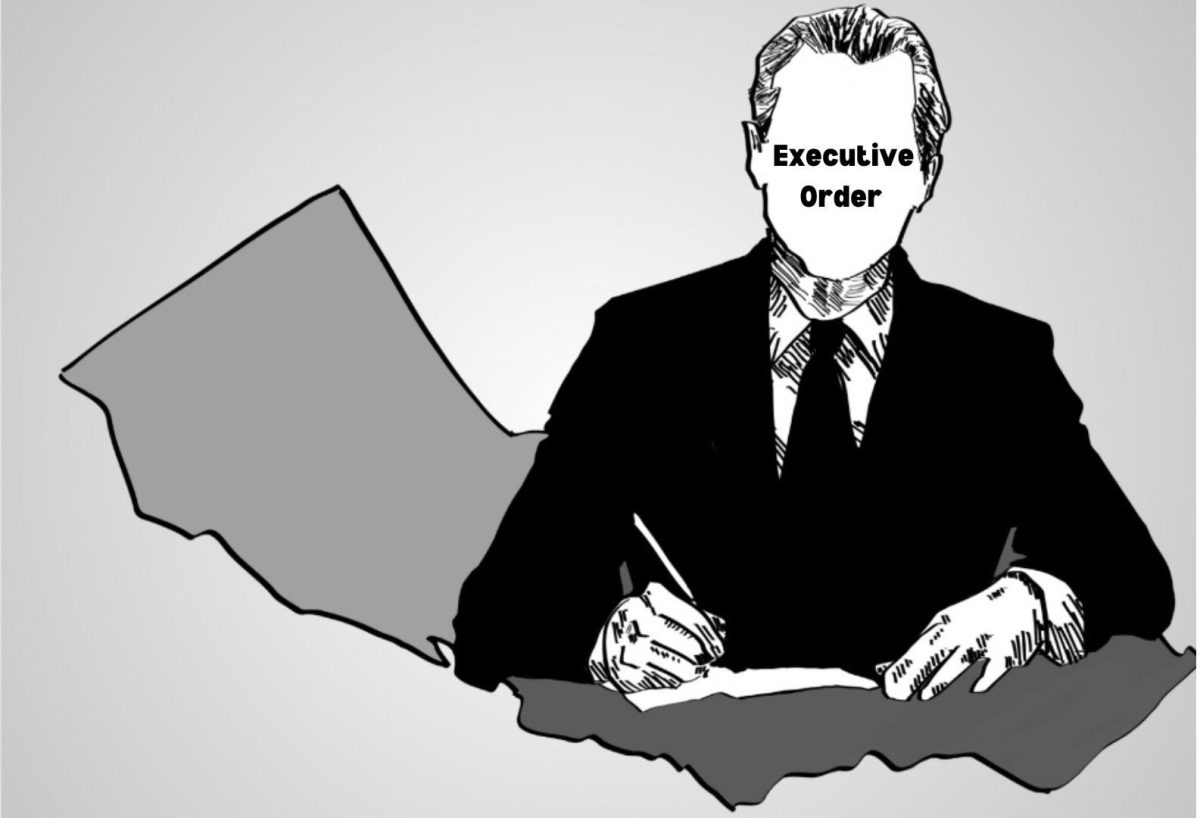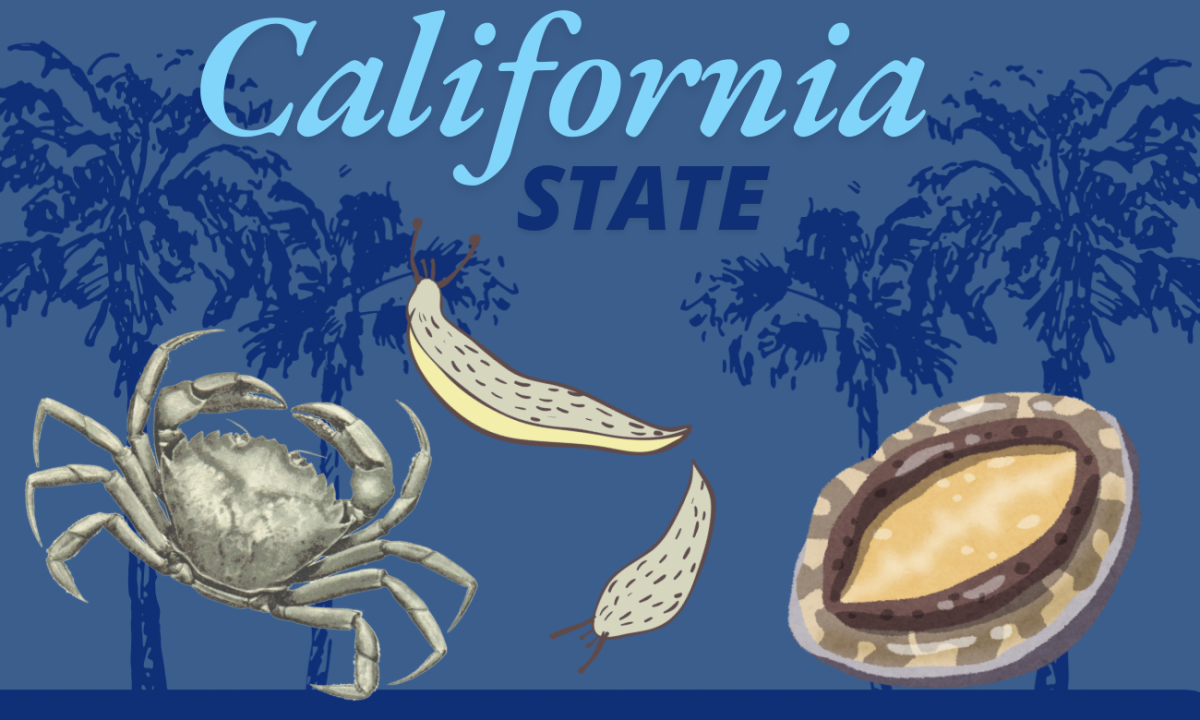While the drought has affected many lives, it’s also changing the surface of the Earth itself. Throughout large swaths of the valley, the ground is literally sinking beneath our feet. According to a recent NASA satellite survey, parts of the central valley are sinking as much as two inches per month.
Land in the valley is sinking because well water is still being pumped for agriculture in the drought and there hasn’t been enough rain to replenish the groundwater.
The water table has continued to get lower, and the ground is sinking to fill the void where the water used to be. This sinking is called subsidence.
“Subsidence is a symptom of depleting your basin,” said Paul Gosselin, Butte County Director of the Department of Water and Resource Conservation. “Creating that air space between your geologic formation would then cause it to collapse.”

While groundwater levels in Butte County haven’t gotten low enough to cause subsidence, wells have still been hitting record-low levels, Gosselin said.
”One of the things that we’ve started to see over the last decade is a lot more of our wells that we monitor throughout the county have started to reach historic lows,” he said.
He added that there are around 125 wells across the county, most of which have been monitored for more than 50 years. There are also plans to adjust the water budget to bring well levels up.
North of Sacramento, there are two areas that are sinking, both along Interstate 5. An area west of Yolo has sunk more than a foot since 2007 and a new area subsiding near Arbuckle sunk five inches in the last half of 2014.
While Arbuckle is only 60 miles from Chico, there are no sinking areas any closer.
“We have not had subsidence in Butte County,” Gosselin said. “Generally, our basin remains full except in drought years, but then when we get back into a regular year, the basin recovers.”
He added that there are three stations around the county monitoring groundwater levels and looking for subsidence. None have measured any sinking over the last 20 years.
Gosselin is also confident that no areas in Butte County will start sinking anytime soon, as long as they keep track of groundwater use, he said.
While it’s not happening in Butte County yet, subsidence is a problem in other parts of the state.
Normally, the layers of groundwater naturally expand and contract depending on rainfall. When they get too dry, the ground above compacts permanently, according to the NASA report.
The report also states there are four major areas where the ground is sinking, referred to as subsidence bowls. Two are in the San Joaquin valley and two are north of Sacramento.
The largest bowl, centered in the town of Corcoran, has sunk about four feet since 2007, one foot of that has been in the past year.
To combat the problem of subsidence, a new statewide law was signed by Governor Jerry Brown last September. The Sustainable Groundwater Management Act aims to protect important ground water basins across California.
It also requires local governments to come up with a way to sustain the basins for the next 20 years, and they have until 2022 to come up with a plan.
If water levels are dropping too rapidly, then there are two options: either cut back on well water usage or add water into the basin through improved recharge.
Cutting back on well water use can limit how much water wells pump or can stop new wells from being put in. An example of positive recharge would be improving storm drainage so that more rainwater goes into the ground and replenishes the groundwater, Gosselin said.
While the law is already in effect, local agencies have until June 2017 to designate groundwater sustainability agencies.
To keep water use sustainable, the county keeps a water budget where it models what the groundwater basins look like and project how much water can be used in the future. According to Gosselin, the water budget has been updated a few times since 2001 and a new one is in the making.
Austin Herbaugh can be reached at [email protected] or @aherbaugh14 on Twitter.








